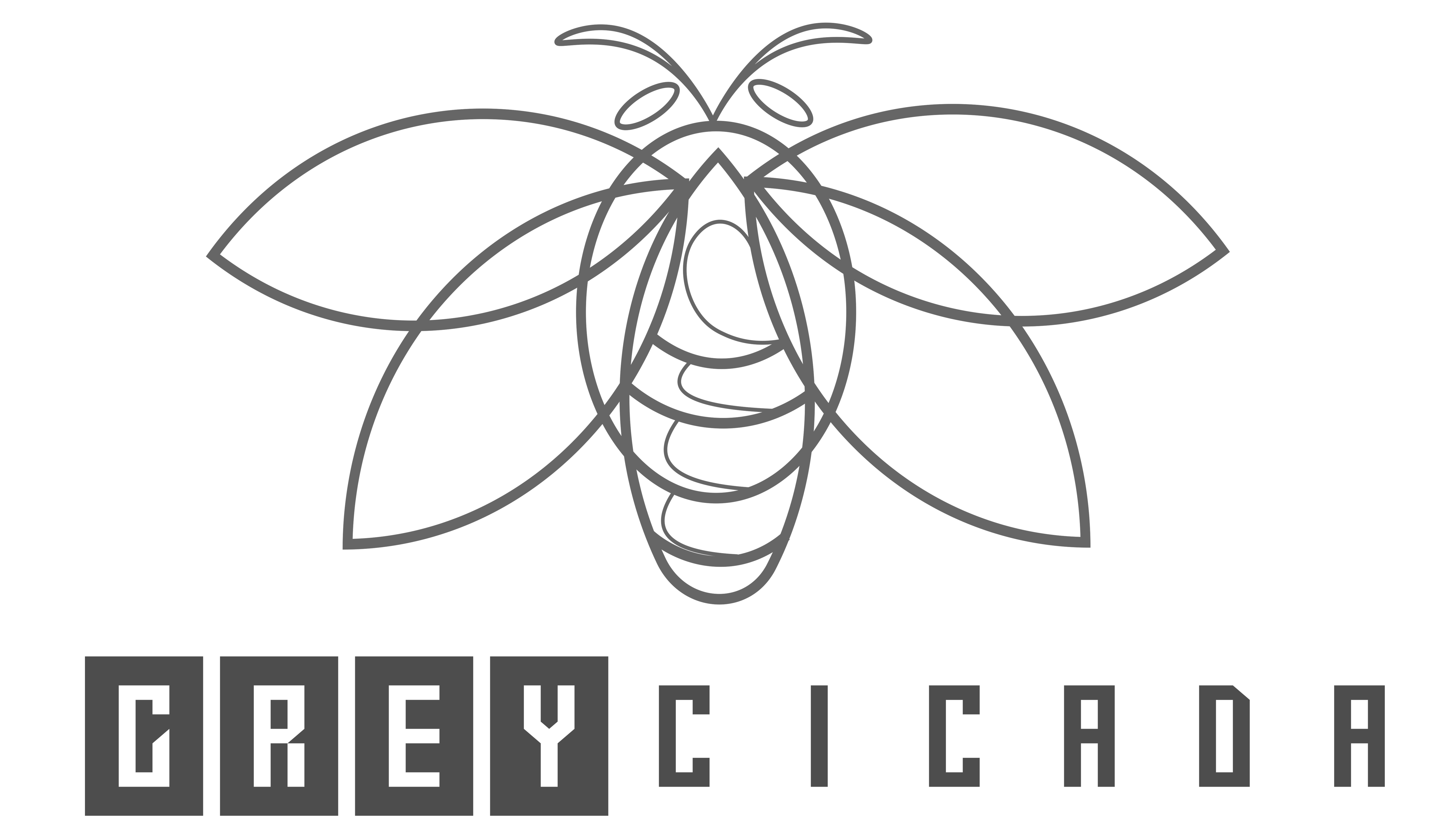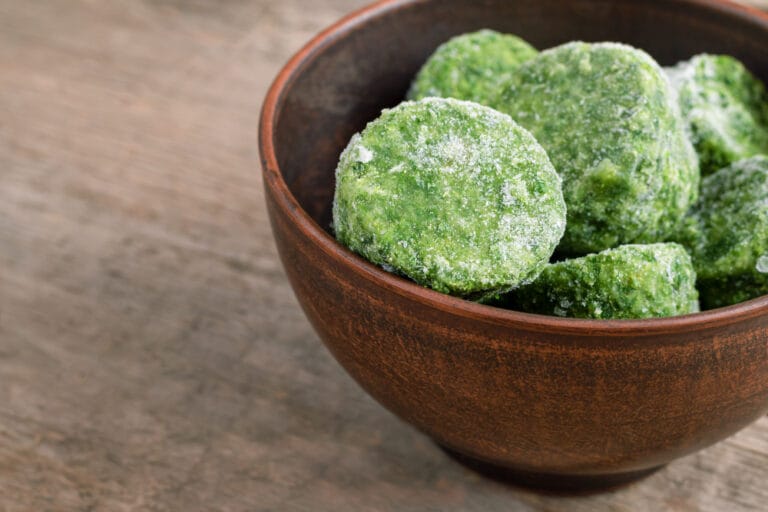FREE SHIPPING OVER $50
Tired Eyes? These 14 Foods Fight Eye Strain and Protect Your Vision—Backed by a Dietitian

If your daily life involves looking at a screen—whether it’s for work, scrolling, or streaming—then you are intimately familiar with that burning, gritty feeling. That sensation isn’t just a sign of a long day; it’s a symptom of digital eye strain, an epidemic that affects millions of people. While reducing screen time and taking breaks certainly helps, many people don’t realize that the ingredients you put on your plate are the most powerful, long-term tools you have to not only soothe those tired eyes but actively protect your vision from age-related decline.
Your diet acts as an internal shield, providing the specific micronutrients needed to filter harmful light, repair cellular damage, and manage inflammation across your body and in your eyes. This isn’t just wellness folklore; it is established science. We consulted a dietitian to uncover the 14 essential foods you should be eating right now. These simple, delicious additions to your routine are packed with the core nutrients that will help you fight eye strain and ensure your vision remains sharp for years to come.
The Science Behind Tired Eyes: Why Your Diet Matters
To understand why these foods are crucial, you need to know what causes eye strain and vision damage. There are three main culprits: oxidative stress, chronic inflammation, and blue light exposure. Oxidative stress, caused by free radicals from UV and blue light, damages the cells in your retina. Inflammation contributes to conditions like dry eye, which exacerbates strain. Finally, the center of your retina, the macula, requires specific pigments to literally filter out damaging blue light.
The right foods supply the nutrients required to perform three vital functions: act as powerful antioxidants to neutralize damage; provide anti-inflammatory compounds; and deliver the critical pigments needed for macula protection. Therefore, eating strategically is your most effective defense.
The Blue Light Shield: Foods Rich in Lutein and Zeaxanthin
Lutein and Zeaxanthin are carotenoids—pigments that give plants their yellow and green colors. These two nutrients accumulate in the macula of the eye, forming a pigment layer that acts like internal sunglasses, filtering out damaging blue light. Studies show that increasing intake of these nutrients can actually increase macula pigment density, which is your natural protection against vision loss and eye strain.
1. Spinach
As one of the highest sources of both Lutein and Zeaxanthin, spinach is non-negotiable for protecting vision. Just a cup of raw spinach provides significant amounts of both carotenoids.
2. Kale
Kale is another leafy green superstar, delivering huge doses of these two pigments. Cooking kale slightly can help your body absorb these fat-soluble nutrients more effectively.
3. Egg Yolks
While green vegetables have high amounts, the Lutein and Zeaxanthin in egg yolks are highly bioavailable, meaning your body absorbs them easily. Eating whole eggs, not just the whites, provides a potent, bioavailable dose.
4. Corn
While often overlooked, yellow corn is surprisingly rich in Lutein, making it a simple and accessible way to add this blue-light-filtering pigment to your diet, especially when paired with a healthy fat like olive oil.
Fighting Inflammation: Essential Omega-3s and Healthy Fats
One of the most common causes of that gritty, tired eye feeling is chronic dryness. Omega-3 fatty acids, particularly EPA and DHA, are well-known anti-inflammatory compounds that play a crucial role in improving the function of the meibomian glands, which produce the oily part of your tears. This stabilizes the tear film, reducing dry eye symptoms and eye strain.
5. Salmon
Fatty fish like salmon are among the best sources of DHA and EPA. Aim to eat two to three servings of wild-caught salmon or other fatty fish per week to ensure adequate omega-3s for optimal eye health.
6. Walnuts and Chia Seeds
For plant-based sources, walnuts and chia seeds provide Alpha-Linolenic Acid (ALA), a precursor to DHA and EPA. While conversion rates vary, these still offer powerful anti-inflammatory benefits that support overall health and tear production.
7. Olive Oil
While not a direct source of the core eye vitamins, high-quality olive oil is critical. All the carotenoids (Lutein, Zeaxanthin, and Beta-Carotene) are fat-soluble. Consuming them with a healthy fat like olive oil dramatically increases their absorption, ensuring you get the full benefits for vision protection.
The Antioxidant Army: Vitamins C, E, and Beta-Carotene
Oxidative stress is a primary mechanism of aging in the eye, contributing to cataracts and macular degeneration over time. Vitamins C and E are powerful antioxidants that scavenge free radicals, shielding your eye cells from this damage.
8. Citrus Fruits (Oranges, Grapefruits)
Vitamin C is vital for the health of the blood vessels in your eyes. Since it’s water-soluble, you need a daily supply. Citrus fruits are an easy, delicious source that supports the structure of the ocular cells.
9. Bell Peppers
Especially yellow and red varieties, bell peppers contain more Vitamin C per serving than many citrus fruits. They also contain moderate amounts of Lutein, making them a fantastic, dual-purpose food for eye health.
10. Carrots and Sweet Potatoes
This is the classic, time-tested wisdom. Carrots and sweet potatoes are rich in Beta-Carotene, which your body converts into Vitamin A. Vitamin A is crucial for low-light vision and the function of the conjunctiva, the lining of the eye. A deficiency can lead to severe dry eye, so these are essential for vision protection.
11. Almonds and Sunflower Seeds
These are excellent sources of Vitamin E. Vitamin E is a fat-soluble antioxidant that protects the fatty acids in your cell membranes from oxidation. Snacking on a handful of almonds or sunflower seeds daily is a simple way to boost your antioxidant defenses against eye strain.
The Unsung Heroes: Zinc, Water, and Anthocyanins
While Lutein and Omega-3s steal the spotlight, several other nutrients play critical supporting roles that tie directly into long-term vision protection. Ignoring these elements will sabotage your overall eye health strategy.
12. Oysters and Legumes
Zinc is essential for two key reasons: it helps the body absorb Vitamin A from the liver and transports it to the retina, and it plays a role in the function of various enzymes that protect cell health. Oysters are the richest food source, but legumes like chickpeas and lentils offer a great daily boost of Zinc.
13. Berries (Blueberries, Blackberries)
These small fruits are rich in anthocyanins, powerful antioxidants that support circulation and blood flow to the tiny vessels in the eyes. Improved blood flow means better delivery of nutrients and removal of waste, helping tired eyes recover faster.
14. Water
While not technically a food, proper hydration is arguably the most fundamental component of preventing eye strain. Dehydration is a direct cause of reduced tear production and poor tear quality, leading to painful dry eye symptoms. No amount of specialized nutrients can compensate for chronic dehydration.
Your Simple Vision Protection Plan
Maximizing the protective benefits of these 14 foods is less about strict counting and more about consistent inclusion. You don’t need a complicated supplement regimen; you need to focus on eating the rainbow.
Start by ensuring your plate at least once a day includes a healthy fat (like olive oil) alongside a bright yellow or dark green vegetable (spinach, kale, or peppers). Furthermore, be mindful of your snack choices. Swap out processed chips for a handful of almonds or some berries.
Related Articles
- Feeling Low? These 15 Foods Act Like Natural Antidepressants, Say Psychologists
- Testosterone Tanking After 30? These 10 Foods Could Be Your Hormonal Lifeline
- This Everyday Root Could Lower Your Blood Pressure Naturally—Doctors Are Talking About It
- Men Over 50: Eat These 10 Protein-Packed Foods Daily to Stay Strong, Lean, and Energized
- The Protein Myth: 10 Plant Foods That Build More Muscle Than Meat—Sports Nutritionists Say You’ve Been Lied To



